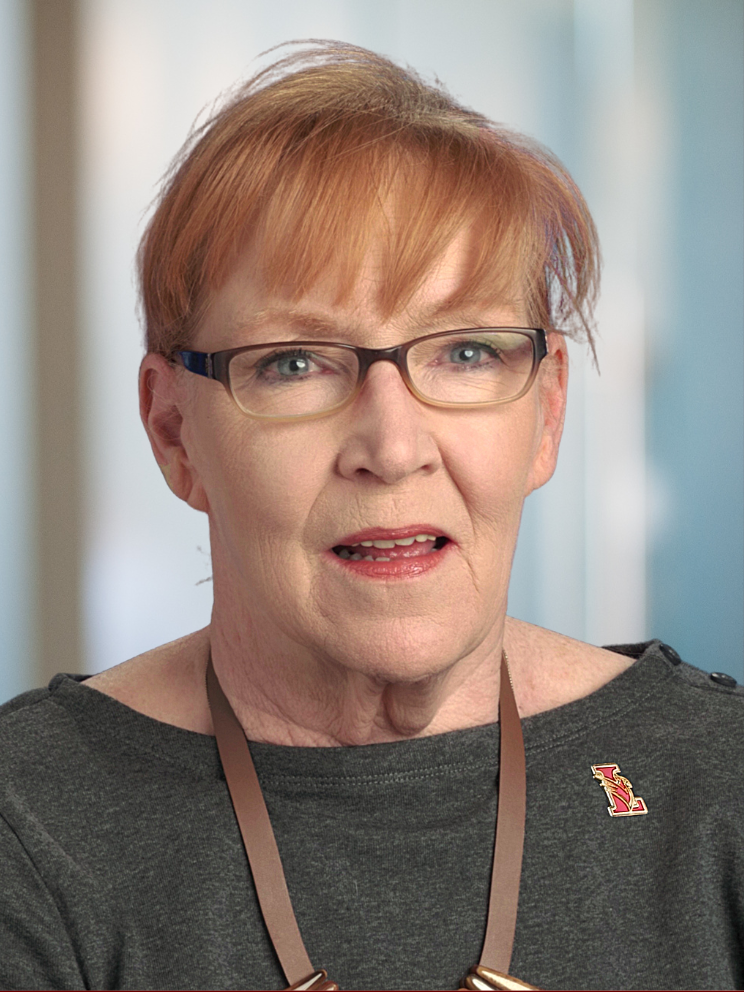I was intrigued to read Gallup poll findings that 14 percent of 24- to 34-year-olds are living with their parents, and more than half of 18- to 23-year-olds are still at home (or are back there again).
That is an about-face from when I was a 20-something. I couldn’t wait to move out—and stay out. Friends envied me when I got my first apartment after high school, a move that meant maturity and a freedom my peers did not share. Friends who went to college had a hard time returning to their family homes on summer break after having a taste of the grown-up life. They all sought to live free of parental rule. It would have been perceived as failure to have lived independently and then have to return home.
What’s going on with this generation? Lots of books would lead you to believe that, these days, no child leaves home for good. Boomerang Nation (2005) is a how-to for kids moving back to the family home. A Crowded Nest (2004) and Mom, Can I Move Back in with You? (2004) offer advice for parents of 20-somethings who want to move back home. Boomerang Kids (2011) assumes kids are failing at growing up and suggests ways for parents to help them succeed.
It’s not all bad. Some families are finding the multigenerational house to be a pleasant surprise. They are adjusting in ways that benefit all, both monetarily and emotionally, with the “kids” sharing chores and maybe paying a little rent. Some parents invite their young adults to return to the nest to give them an opportunity to save or to repay school loans.
Personally, I’d like to think more than repaying loans and saving rent is afoot here. Perhaps this ultraconnected lifestyle will diminish the generation gap a bit.
Historically and culturally, there is a great deal of precedent for the multigenerational home. Despite my own experience and hunger for independence when I was growing up in the suburbs, I knew several families that had a widowed grandmother living with them. As I got older, I had city friends who lived with or near their older relatives. Extended families worked well for them, providing shared child care and meals. An article in the New York Times reveals that:
Recent college graduates moving back home—so-called boomerang kids—are only part of the story. Whether prompted by a lost job, a house foreclosed or a sinking pension, grown children and their elderly parents are increasingly coming together under a single roof. Census figures show an uptick in the number of multigenerational families in New York.
The American dream of home ownership is elusive for young adults. An uncertain economy and job market, marrying later and less peer pressure to branch out from under mom and dad all factor in the decision to return to the nest. Families just look different today than they did in the ‘50s and ‘60s when I grew up.
My daughters are in college, working on their dreams and careers. I wonder where they will live …

Pepper Evans works as an independent-living consultant, helping older adults age in place. She is the empty-nest mother of two adult daughters and has extensive personal and professional experience as a caregiver. She has worked as a researcher and editor for authors and filmmakers. She also puts her time and resources to use in the nonprofit sector and serves on the Board of Education in Lawrence Township, NJ.



